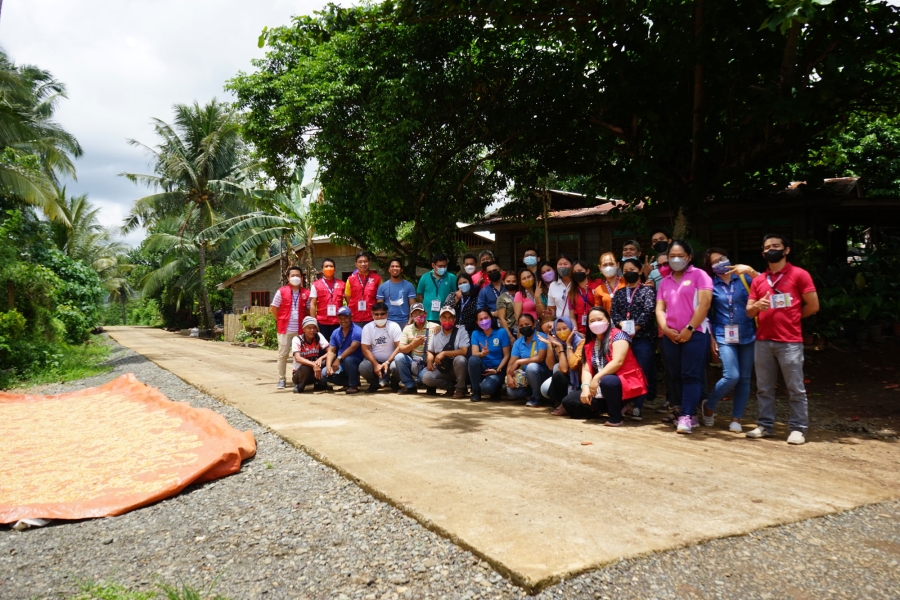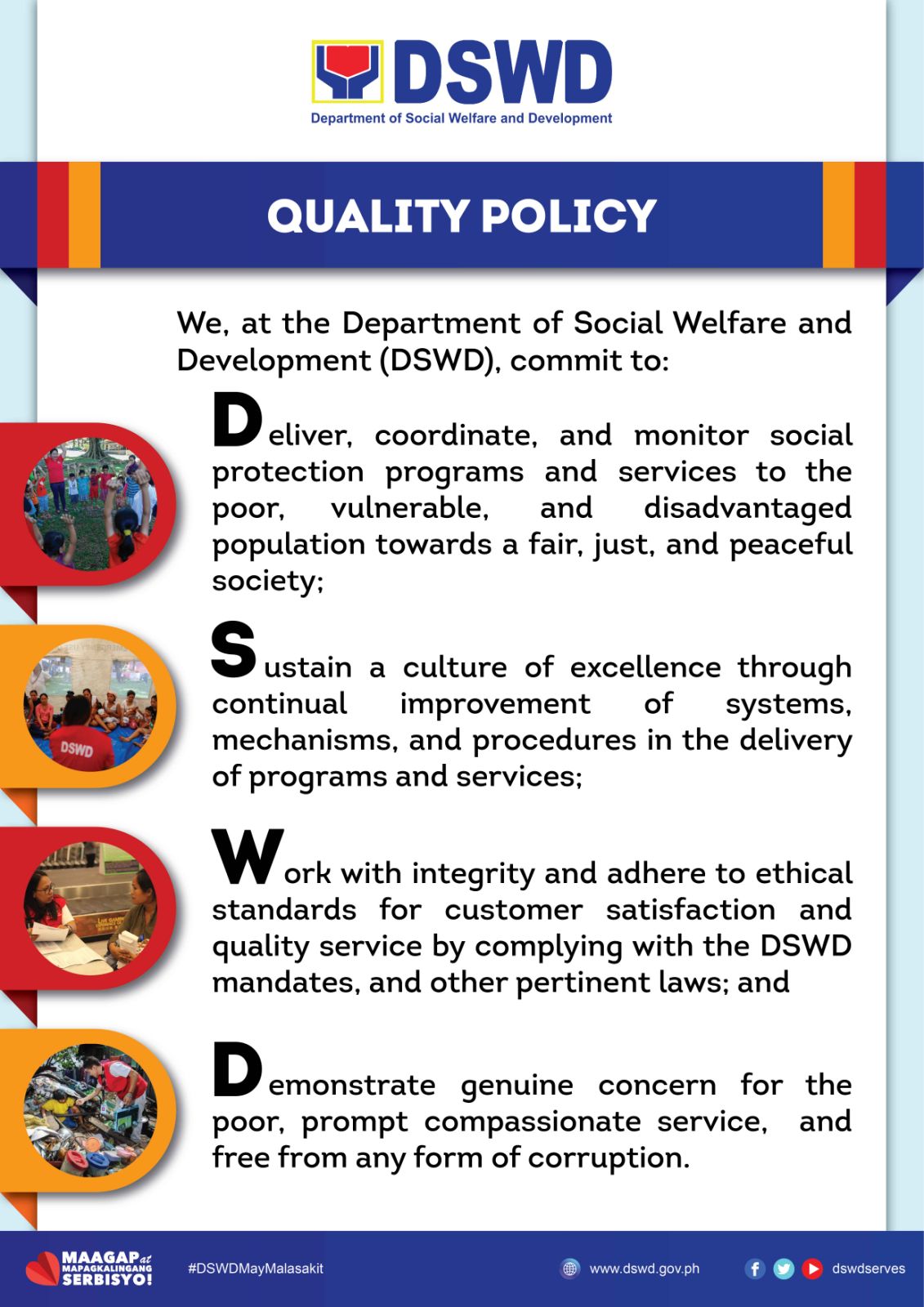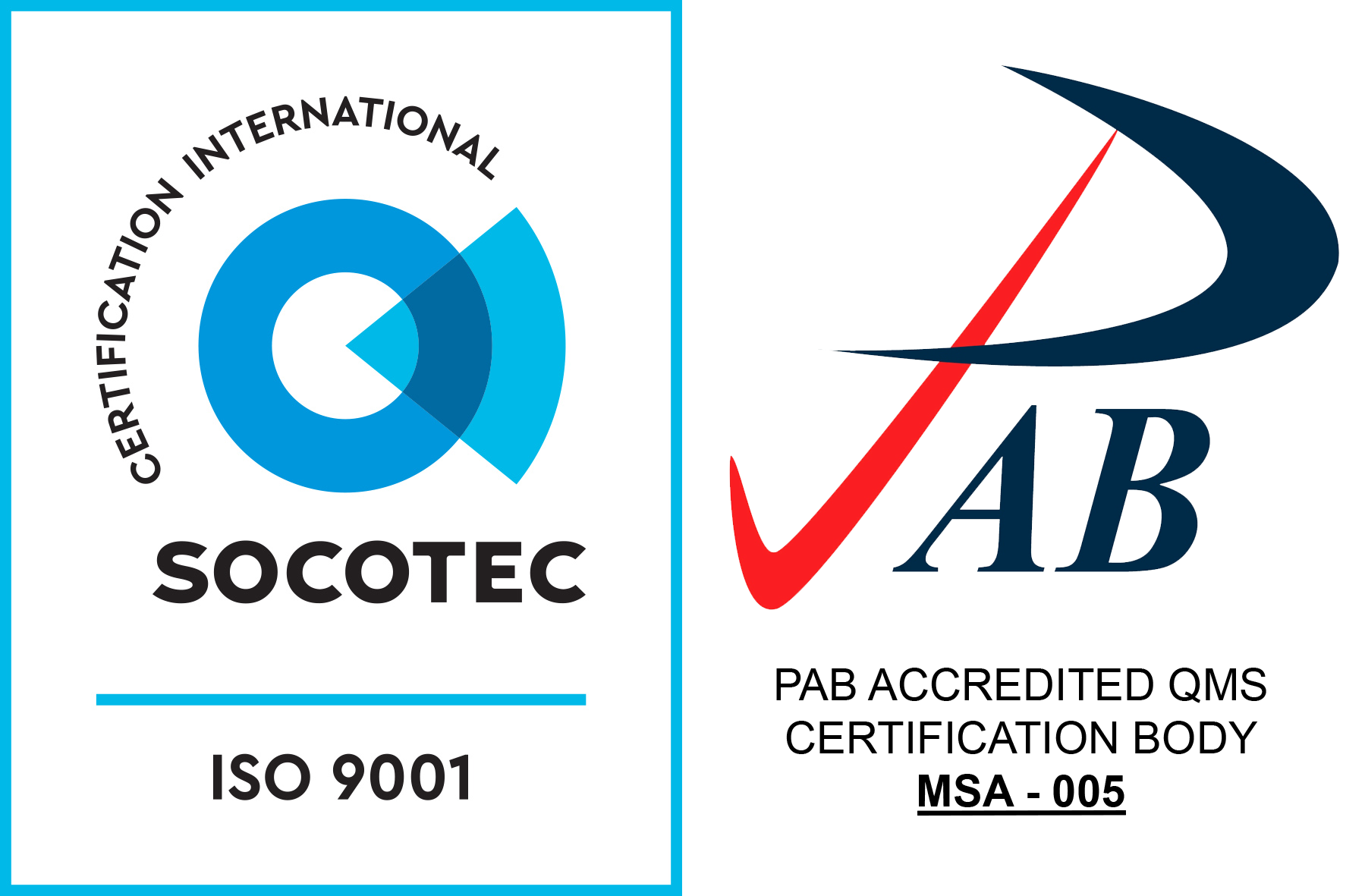After a two-month implementation, an 85-meter barangay access road improves access to transportation of people and the delivery of their products. Located in the upper area are sugarcane and flower plantations whose farmers benefit from the improved road condition; while churchgoers say goodbye to muddy pathways that encumbered them for a long time.
Mobilizing the community
The implementation of the sub-project involved members of the Barangay Development Council-Technical Working Group (BDC-TWG) who performed roles from proposal making, financial management, procurement activities, and project implementation. A group for operation and maintenance is also installed for the project’s sustainability.
“The process was complex at the beginning, but its intricacy allowed us to learn the process in detail,” said Michelle N. Bocolio, Bids and Awards Committee (BAC) Head.
In every KALAHI-CIDSS implementation, the community is asked for their participation in handling tasks and responsibilities, to which, Sanny O. Mauring, the Procurement Team Head, responded positively.
“For individuals like me who have a job and an obligation towards my family, I had second thoughts when KALAHI asked for volunteers. But as we see our progress in the sub-project implementation, we were elated for being able to help our community.”
Punong Barangay Loreto S. Realda, who had an experience with KALAHI-CIDSS implementation in a different municipality, affirmed the positive gains of volunteerism through the Program. “The volunteers and the BDC-TWG, who keep a low profile in society, have harnessed their potentials when they got involved in the sub-project implementation,” he said.
“For an ordinary person in the community who suddenly was tasked to manage the procurement activities, I’ve gained confidence in myself for accomplishing something,” added BAC Head Michelle N. Bocolio.
CDD influence on local government
The KALAHI-CIDSS seeks to influence local governance on CDD principles that engage the community in planning, financial management, procurement, implementation, and monitoring and evaluation.
In a field visit by personnel from the National Program Management Office (NPMO), Engr. Israel Infante, Project Development Officer IV for Engineering, KALAHI-CIDSS NCDDP, appreciated Brgy. Bayabason for exemplifying good program outcomes.
“It’s impressive for a first-time implementer of KALAHI-CIDSS like you [BDC-TWG, officials] who seemed to have internalized the process well. We also credit this to our hardworking staff in the field who guided you all the way”
Despite the challenges encountered in the sub-project implementation, the community is more than willing to implement more projects using the KALAHI-CIDSS process.
“This is a training for the community to practice CDD,” Infante added.
“People say that KALAHI-CIDSS is complex, but it’s only complicated to those who do not know the process,” Brgy. Chairman Realda said.
LGU Maramag on KALAHI-CIDSS NCDDP
The two-day monitoring visit by the NPMO in Maramag, Bukidnon provided guidance to the LGU as a first-timer to the KALAHI-CIDSS NCDDP implementation. Maramag Vice Mayor, Atty. Maribeth S. Estrella-Lopez, representing Municipal Mayor, Atty. Jose Joel P. Doromal, shared the LGU’s initial impression of the Program.
“There is initial resistance [to KALAHI-CIDSS] because of its novelty... the procedure, the implementation of KALAHI-CIDSS is quite different from what we are used to. That’s why we really experienced birthing pains, as we would say it because it would entail much involvement and participation from the community… But in the end, as you have confirmed from your evaluation, there is also appreciation [for the process] because there’s a sense of ownership to the projects that we have. It works best for all of us.”
The LGU allocated five million as a local counterpart to the P20 million total grant for Phase 1 KALAHI-CIDSS NCDDP Additional Financing implementation in twenty barangays.
“We are encouraged by the very good assessment of the evaluation, pointing out our strengths, which we would wish to continue. But we are also very much interested in the recommendations because those are the points we need to work on more.”
The Vice Mayor acknowledged that CDD institutionalization in the local planning process would take time, but is positive to see its realization in the future.
“Hopefully it would be faster from here on because the novelty aspect [of the Program] is gone; it’s not new to us anymore. We hope that the community remains as responsive and participatory as in the past year.”





